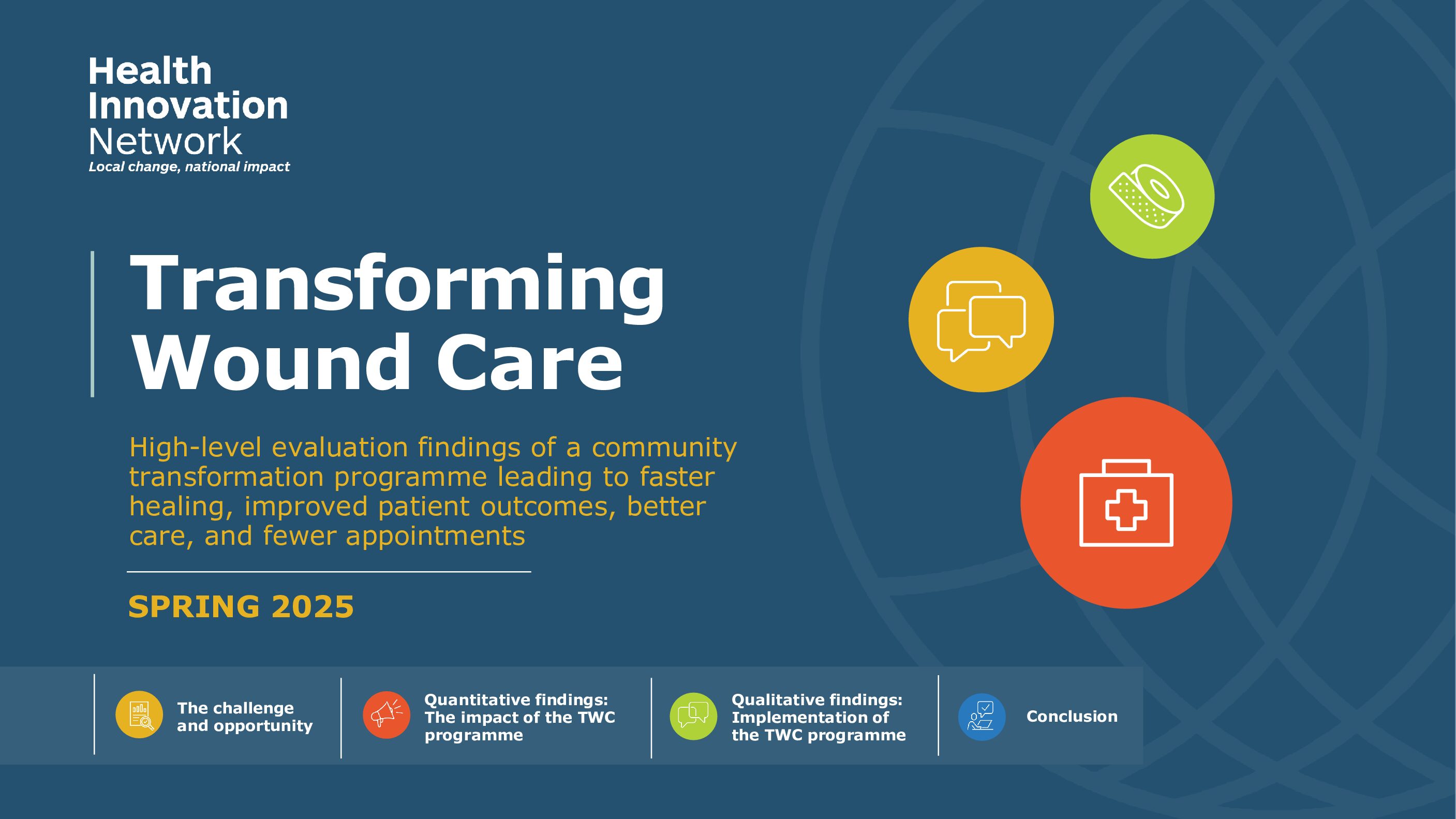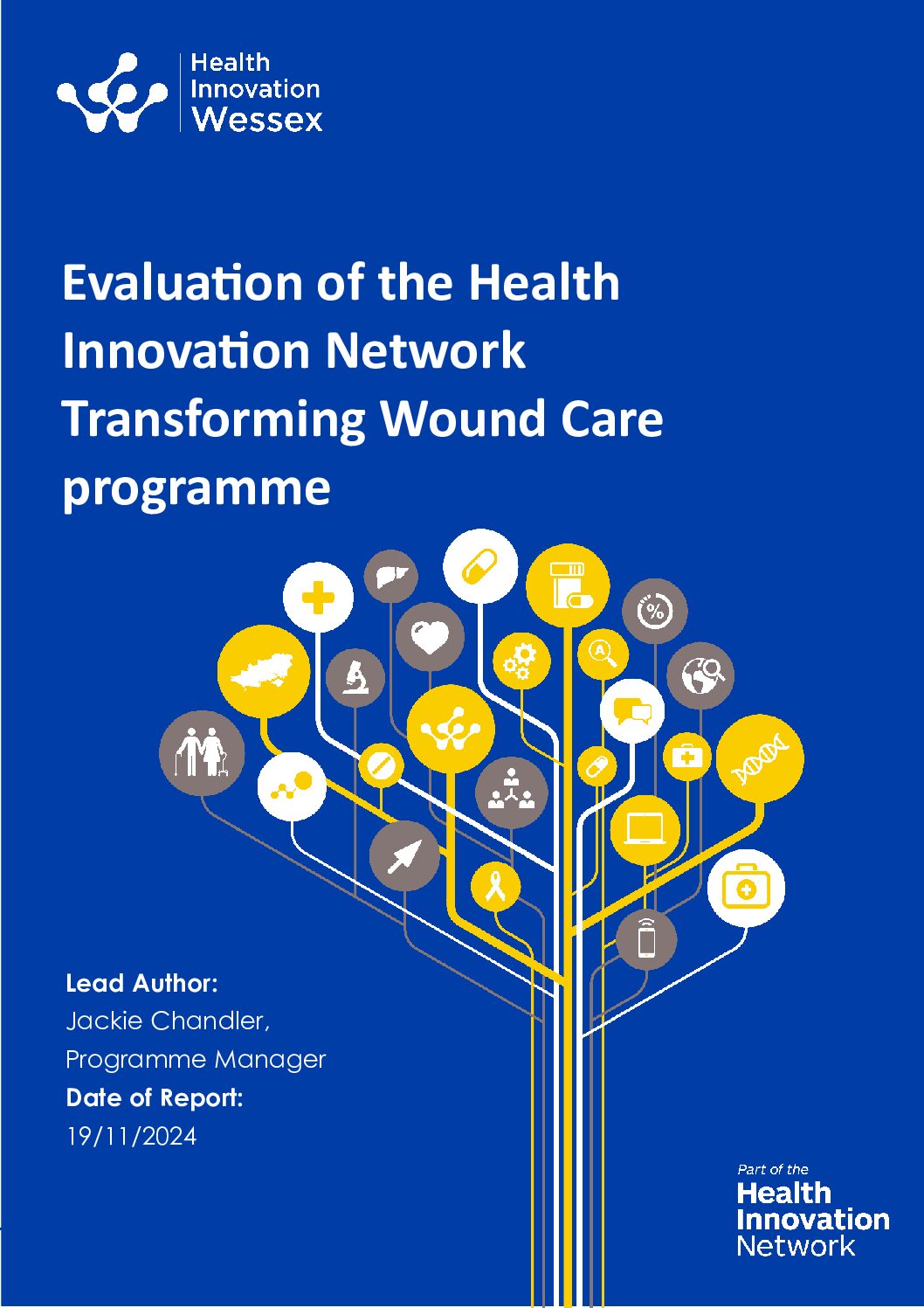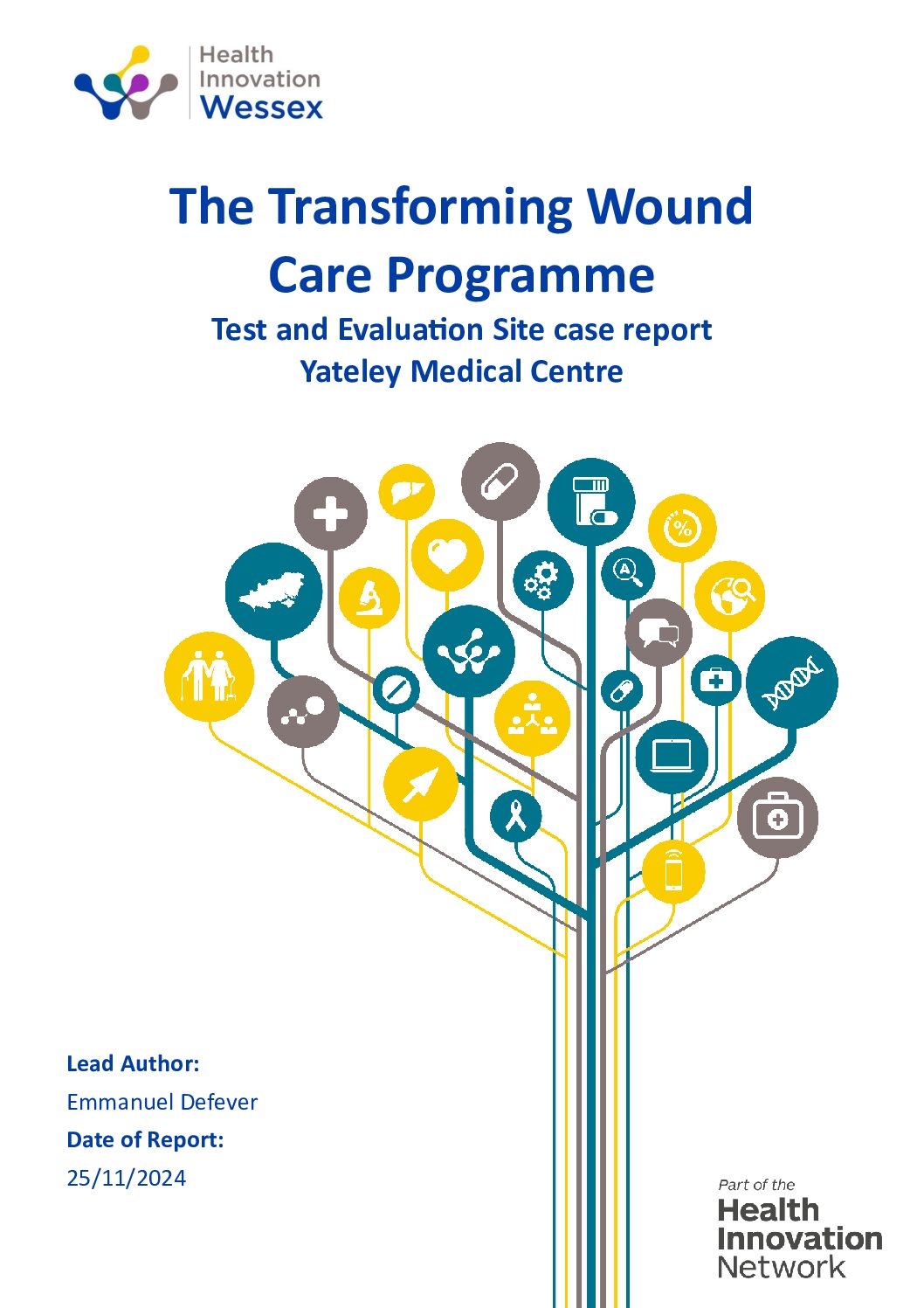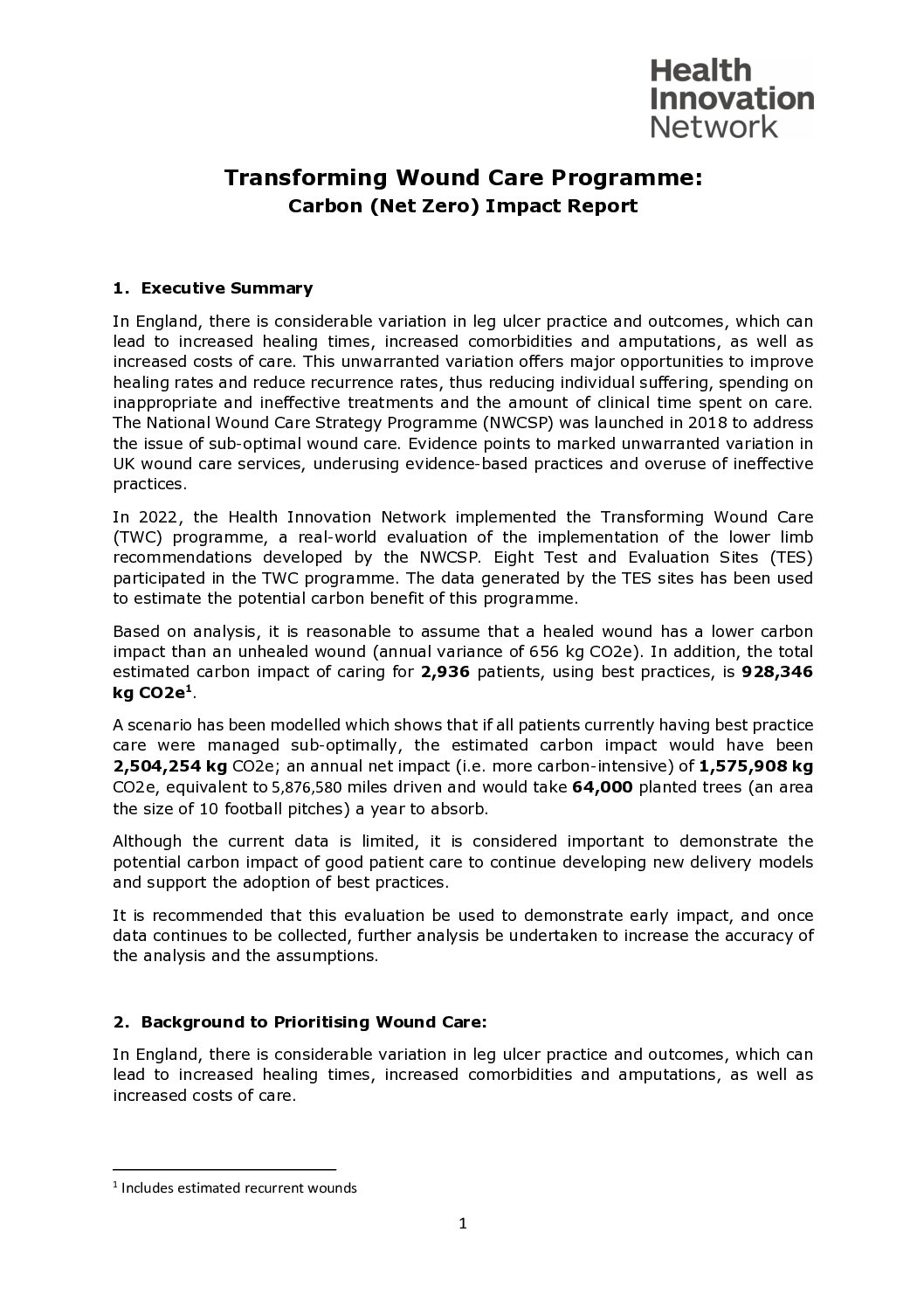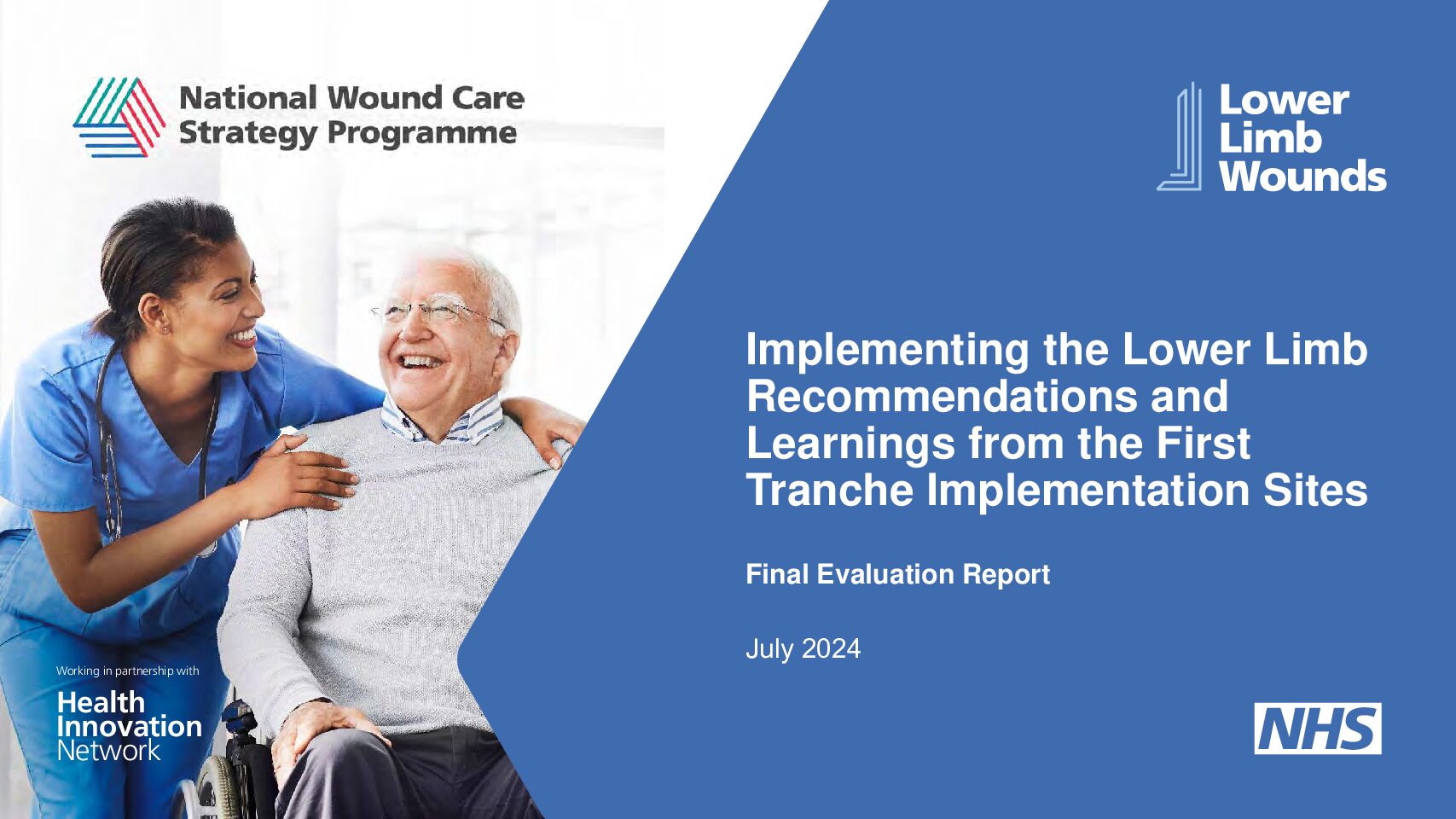Improving care for patients with lower limb wounds
According to the 2021 NHS Benchmarking Network (NHSBN) wound care is estimated to cost £8.3bn per year and take up 50% of community nurse time.
This time and cost is largely spent managing lower limb wounds. By improving lower limb wound care, speeding healing and reducing recurrence rates, we can reduce spend on dressings and release 11% of community nursing time. (Source: NWCSP). Strategic areas we can make a significant impact through are pressure ulcers, along with lower limb and surgical wounds. Together these account for 56% of wounds but a disproportionate 86% of NHS wound care spend (Source: NWCSP). Our programmes focus on these areas.
By making wound care a priority we can deliver more efficient and cost effective care, while ensuring faster healing and fewer recurrences.
The Transforming Wound Care national programme aims to ensure all patients with lower limb wounds receive evidence-based care. This is in order to achieve:
- Faster healing of wounds
- Improved quality of life for patients
- Reduced likelihood of wound recurrence
- More efficient use of health and care resources
The programme uses the evidence, learning and recommendations from the National Wound Care Strategy Programme (NWCSP). We are working with local healthcare organisations at five initial test and evaluation sites to establish a dedicated lower limb wound service.
The three key elements of the programme are:
- People: the delivery of training to all staff supporting patients with wounds
- Processes: implementing a new evidence-based model based on the recommendations of the NWCSP
- Technology and design: supporting data collection and provision of care through a new digital wound management system
Resources
Transforming wound care in the Oxford and Thames Valley region
Since 2023, HIOTV has supported NHS Frimley and the BOB Integrated Care System (ICS), working closely with board members to shape and advance regional strategies for wound and skin health. This collaboration has revealed many opportunities, from streamlining patient referrals and care pathways to evaluating the Net Zero implications of wound care transformation and enhancing workforce capabilities to inform future tissue viability commissioning models.
NHS Frimley participated in the HIN-led Transforming Wound Care programme, successfully launching a primary care-based lower limb clinic that met the rigorous standards of the National Wound Care Strategy Programme. The success of this two-year initiative not only led to the adoption of a similar model in another Primary Care Network (PCN) but also laid the groundwork for a local commissioning agreement for lower limb care across primary care settings.
BOB ICB are progressing feasibility studies towards advancing an ambitious commissioning strategy to establish dedicated multidisciplinary wound hubs across its three Places. As part of this, the medicines optimisation and tissue viability teams have streamlined the wound dressing formulary and patient pathways, centralising procurement and choice to drive both clinical effectiveness and cost efficiency.
Two community NHS providers are now partnering with HIOTV through the Transforming Wound Care: Leg Ulcer Transformation programme. This adoption initiative is focused on embedding proven lower limb care models into community services, accelerating the delivery of high-quality, standardised care across the region.
Reports
For further information about the Transforming Wound Care programme please contact: julie.hewish@healthinnovationoxford.org

